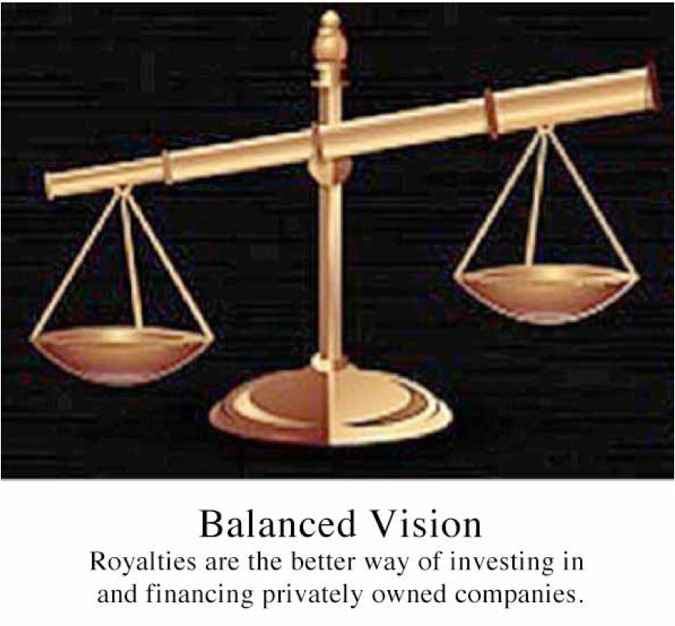
As is the case with so many statements, the terms used must be defined. This is why when describing a royalty as being an agreed percentage of defined revenues, for an agreed period, etc., the word “defined” is included.
The agreed amount of revenues can be:
the total amount of revenues the company receives for selling or otherwise providing goods or services.
the amount of revenues received in defined locations.
the amount of revenues received in excess of an agreed amount, which can be the time after the royalty has been sold.
the amount of whatever is sold which uses a defined product or service.
the annually declining amount of revenues meeting the other limitations, if any.
etc.
The other terms describing royalties which must be defined include: Royalty Rate, the percentage of defined revenues as applicable, Royalty Payment Period, the time period during which the royalty issuing company is obligated to pay the royalty owners the agreed amount and the royalty issuing company’s Right of Redemption, the terms permitting the repurchasing of the outstanding royalties by the issuer.
Of course, there are royalty investor protections and a range of possible additional royalty issuer obligations which must be negotiated and agreed. In all cases of terms agreed between the royalty issuing company and the investing royalty purchasers, the greater the investor benefits, the lower can be the royalty rate and royalty issuer’s cost of money. In the extreme, if there was absolutely zero risk and an absolutely guaranteed royalty payment amount and schedule, just like a AAA corporate bond, the fair and justified royalty rate yield could be only slightly higher than the yield of a blue-chip corporate borrower for the same period of time.
The reality is that investors are drawn to royalties issued by companies having the prospect of significantly increased revenues because the investor expects to benefit from the success of the company. The business owner understands that the revenues the company has projected may not be achieved and therefore, unless there is an assured minimum amount of royalty payment, there is a risk for the investor. However, the business owner is also going to take the position that the investor protections which will likely be required by the investor will require an additional fund raising cost for the issuer, It will also be recognized that the possible assuring of the royalty return by the issuer or third parties is a risk, which may be expensive for the royalty issuing company. So, in consideration of both good business and fairness regarding the position of businesses and investors, the willingness of investors to take more risk should translate into the lower cost of money for the business.
The title of this piece is “When comparing financial returns is being relatively better enough?” which is intended to raise the issue of investor risk being accepted in the returns received. A 15% Internal Rate of Return (IRR), which is the minimum we expect the royalty income fund investor to receive, from a fund we advise, has a low capital risk potential. The risk would be low, as our recommendation for a conservatively managed fund, would be to only buy royalties from vetted companies already having revenues exceeding the amount sought for the royalty. The ratio of revenue to royalty amount depends on factors involving the industry and the economic outlook for the royalty issuer’s customers, the financials of the royalty issuer and an assessment of the royalty issuer’s projected revenues and, of course, the terms of the royalty.
Therefore, the level of projected return and the fact that recapture of invested capital starts immediately with the investment makes the 15% minimum IRR far better for the investor than other alternative investment classes. Royalties issued by established companies should be expected to pay more over the course of the royalty payment period and have far less risk than other investments. It’s the favorable balance of risk and reward that makes royalties better.
To learn more review REX-Basic.com, arthurlipper.com and some of the 5 other REX website calculators. If you are seriously interested we invite you to read our eBook or printed versions of Revenue Royalties and Off The Top, my two most recent books regarding royalties, are available at Amazon.com, and of course, you are always welcome to contact me directly.
Arthur Lipper, Chairman
British Far East Holdings Ltd
chairman@REXRoyalties.com
858 793 7100
© Copyright 2019 British Far East Holdings Ltd. All rights reserved.
Blog Management: Viktor Filiba
termic.publishing@gmail.com
